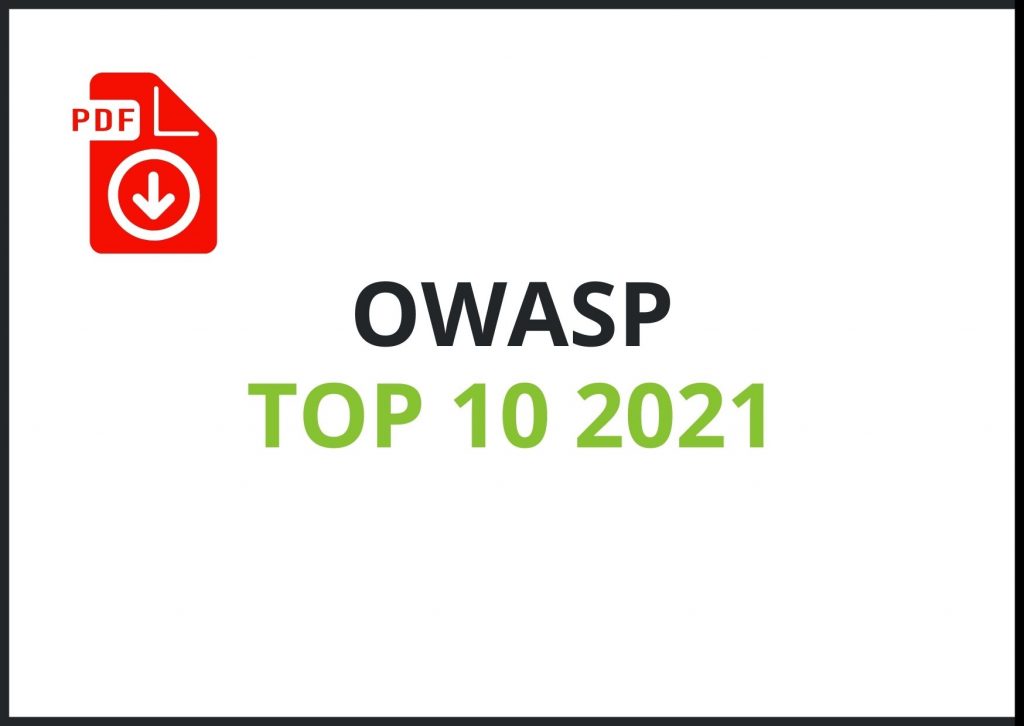NotPetya initially targeted organisations in Ukraine but quickly spread worldwide due to its use of multiple propagation methods, including the EternalBlue exploit. Unlike typical ransomware that seeks financial gain, NotPetya appeared to be created with the intent of disruption and data destruction. The malware crippled businesses, caused billions of dollars in damages, and highlighted the catastrophic impact cyber attacks can have on critical infrastructure and global commerce.
The incident with NotPetya reinforced the importance of comprehensive cyber hygiene, including regular software updates, backups, and the swift application of security patches—particularly in response to known exploits.
Key Characteristics:
- Destructive Nature: Designed to destroy data rather than hold it for ransom, despite mimicking ransomware behaviour.
- Use of Exploits: Employed the EternalBlue exploit and other attack vectors for rapid and broad distribution.
- Global Impact: Quickly spread beyond its initial targets, causing significant economic damage worldwide.
- Wake-up Call: Served as an alarming reminder for organisations about the importance of cyber resilience and the dire consequences of inadequate security measures.
Examples:
- Real-World Example: A large multinational shipping company was one of the many victims of NotPetya, leading to considerable operational disruption and financial losses due to its data being irretrievably encrypted.
- Hypothetical Scenario: A national power grid operator is infected with NotPetya, causing system outages and the loss of customer data, resulting in substantial repair costs and loss of public trust.
Related Terms:
- Malware: Software that is intentionally designed to cause damage to a computer, server, client, or computer network.
- Wiper Malware: A type of malware designed to wipe the hard drives of the computers it infects, resulting in data loss and system destruction.
- EternalBlue: The cybersecurity exploit used by NotPetya to propagate through network vulnerabilities in Microsoft’s SMB protocol.

